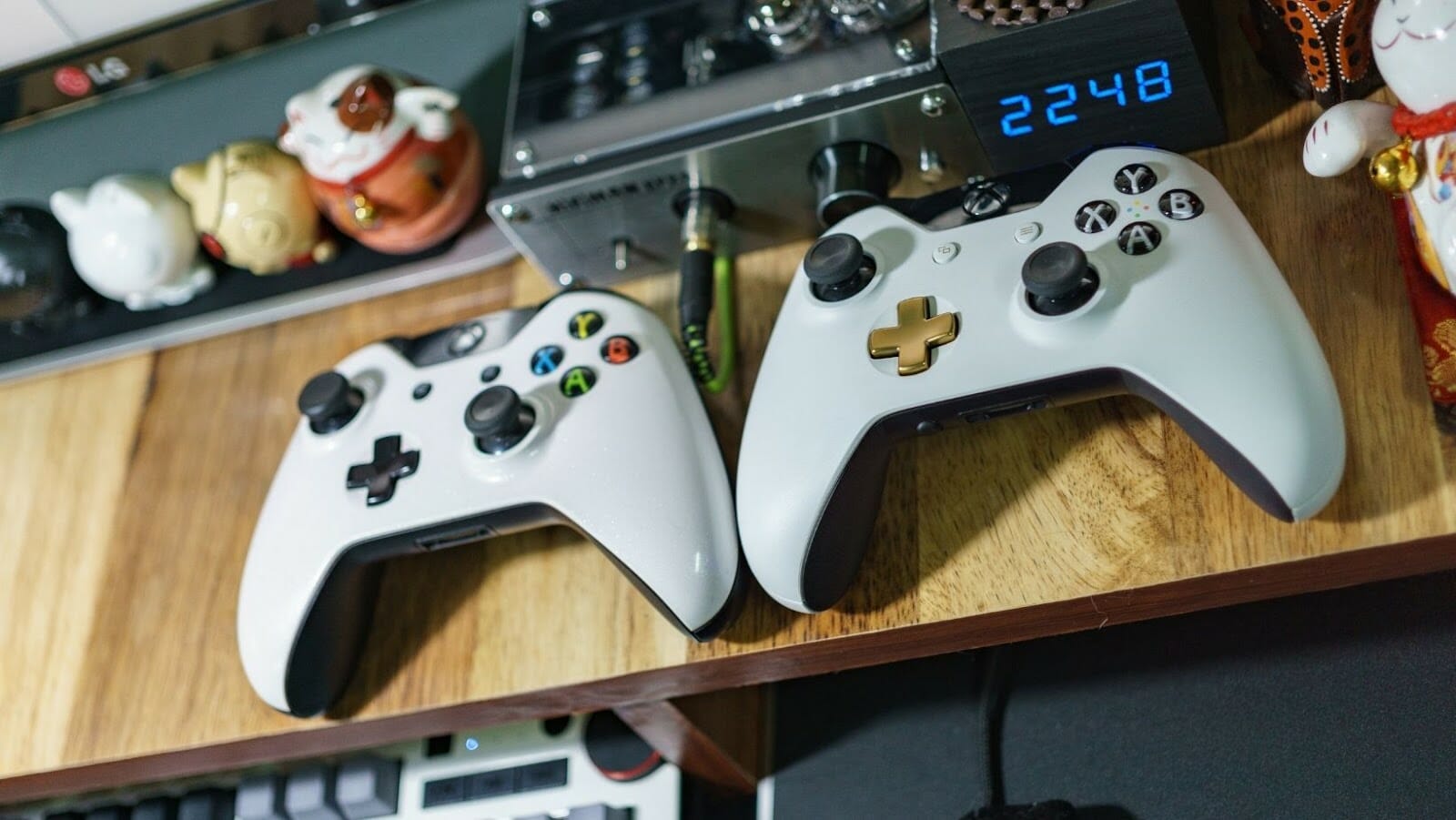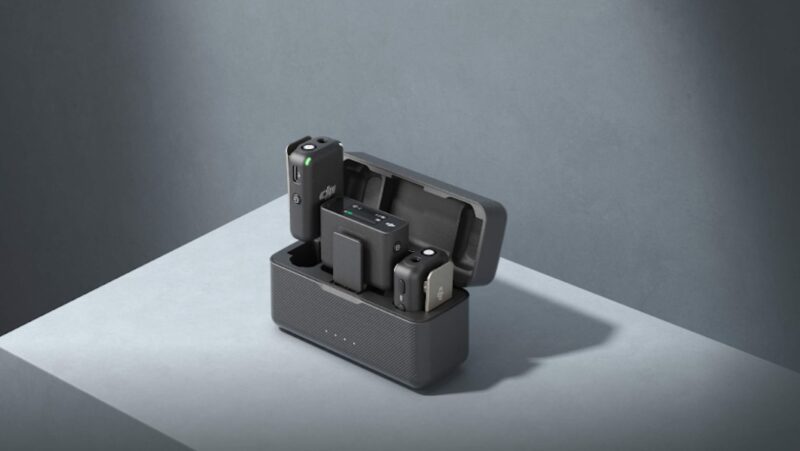
Adjusting Combos for Breakaway
This article is meant to provide some insight into the actual mechanics behind breakaway maneuvers. It can be very frustrating for beginners who are aware of the importance of breakaways, but have no idea how to use them properly. This article will try to explain why certain characters are more or less reliant on proper breakaway maneuvers than others before even getting into the specifics of how to perform breakaways. It is my hope that this can help players better understand why certain moves are good for breakaways and others aren’t, even when they seem like they should be.
The most important thing to realize about breakaway moves is that they only work if the character performing them has an advantage (or at least a neutral position) when the move is performed. For example, if you’re playing as Fox and Marth counters your aerial with a forward smash to send you off stage, there’s no reason for you to use any move to recover back on stage since he already has an advantage over you. Since breakaway moves work as a way of regaining stage position, there’s no reason to use them in this situation. Even if you did get up onto the stage safely it wouldn’t be an effective way of getting back onto the stage because Marth would still have an advantage over you due to your laggy aerial, leaving you free for him to punish more easily.
details about breakway
So why are break away moves so important when the only time they can be used is when you have an advantage? The reason is because it’s much easier to get an advantage in Smash Bros. than it is to maintain one, especially at high levels of play where matches are decided by just a few percent. While you’re taking advantage of your opponent, there’s always the chance that your opponent will be able to get back some of his lost stage position, which is why the threat of breakaway moves can be so valuable. When you think about it, having an advantage is actually not all that valuable because while you have the advantage, there’s always a chance for your opponent to regain this lost position. However, proper breakaway use can limit this possibility, while sloppy breakaway use can increase it.
The effectiveness of a good breakaway is largely based on the fact that you’re using something with invincibility to cancel out your opponent’s advantage and make yourself safe. If you didn’t have this invincibility (or some other way of cancelling your lag), your opponent would have that much more time to punish you since he could wait for the end of his own lag before hitting you. By using a breakaway, not only are you safe from being punished by your opponent’s laggy move, but they can’t even hit or grab you while your invincibility is active!
Breakaways can be distinguished in a number of ways. They can be used from the air or from the ground, they can put you in an advantageous position or keep you from being forced off stage, and depending on how much invincibility they have, they may make you safe even if your opponent has immediate options available to cover his advantage (such as Fox’s Illusion and Luigi’s Green Missile).
Breakaways in Air: The more common type of breakaway is when you’re in the air and your opponent hits you with a move that sends you off stage. This gives your opponent an advantage, but if you use another aerial or special move to cancel this lag and regain center stage, you’ve successfully used a breakaway.
An example of this would be Peach getting hit by Fox’s forward smash, which sends her flying off stage. Instead of using the momentum from being hit to recover on stage, she uses her down air which stops any horizontal movement and allows her to regain center stage safely.
Conclusion
Breakaways in Ground: Though less common, ground breakaways can also be useful. It’s easiest to describe these with our previous example of an off stage situation.






